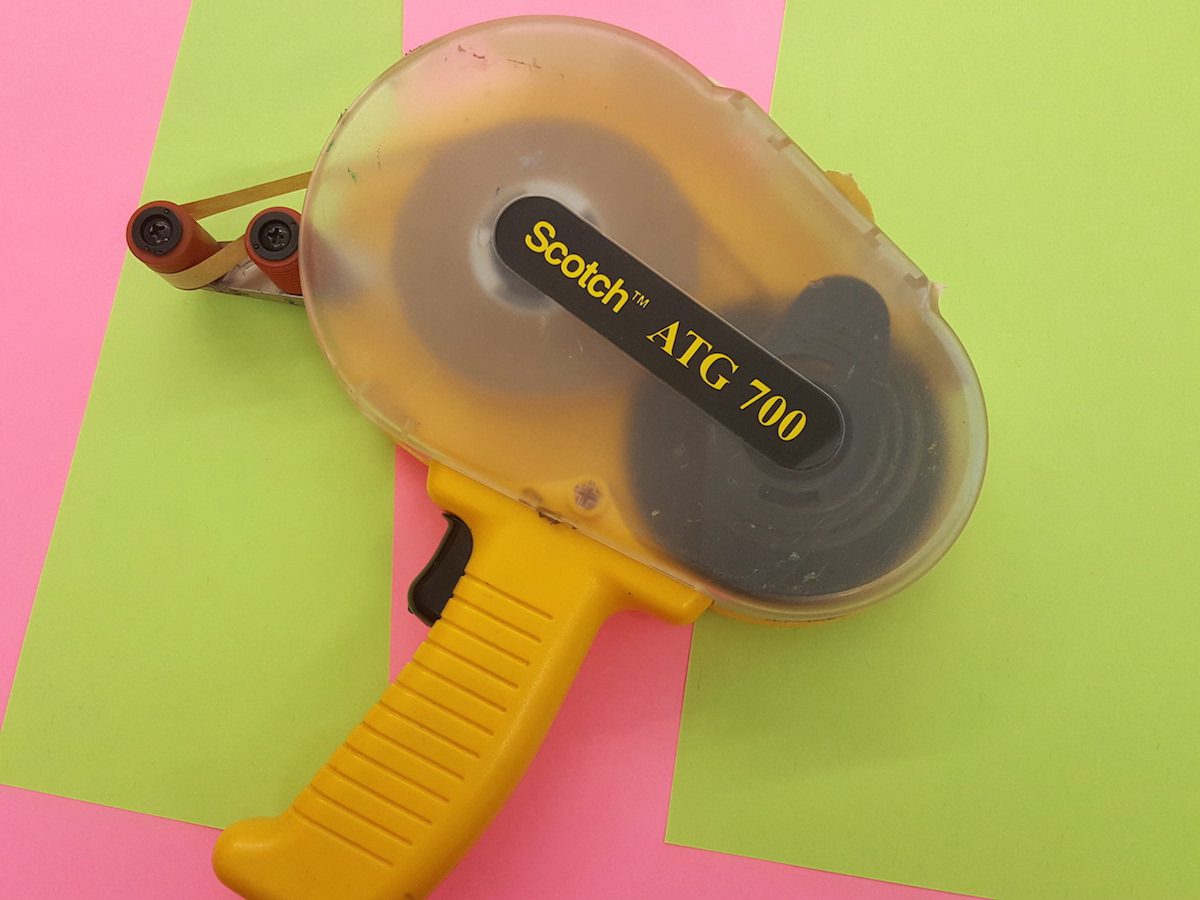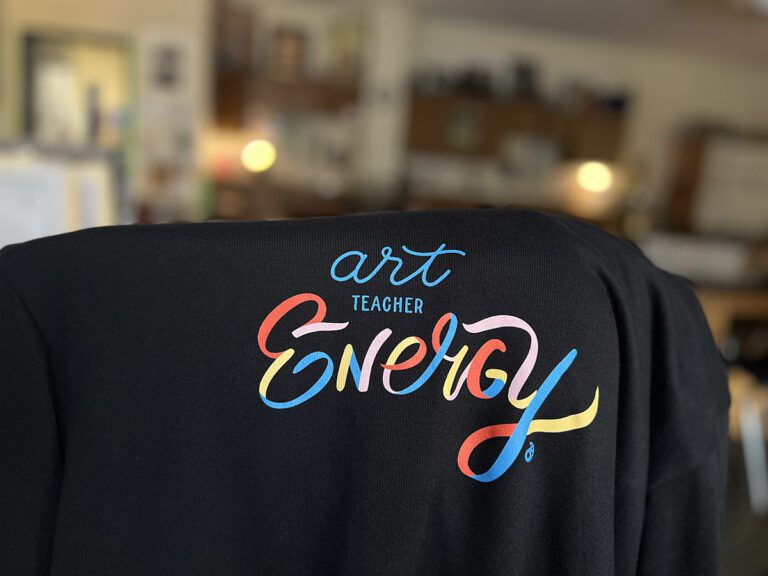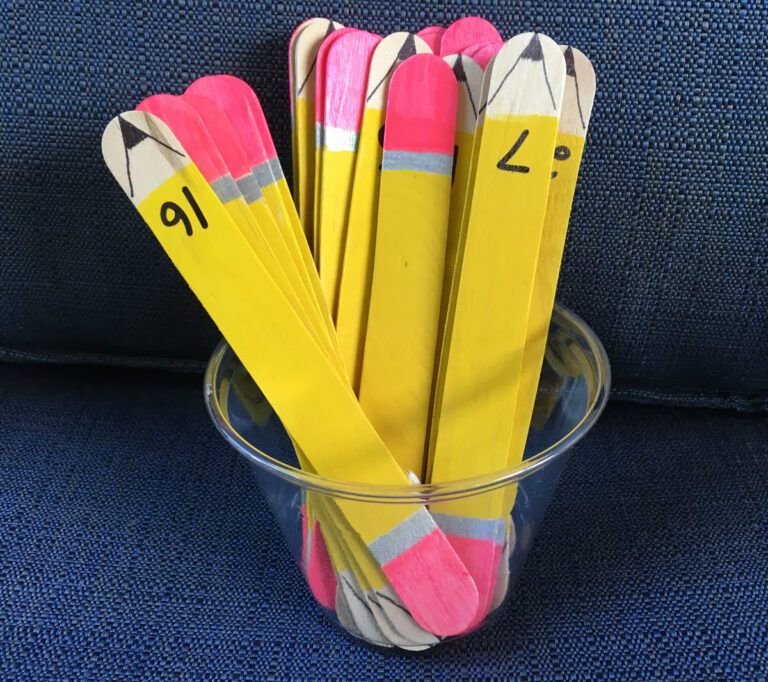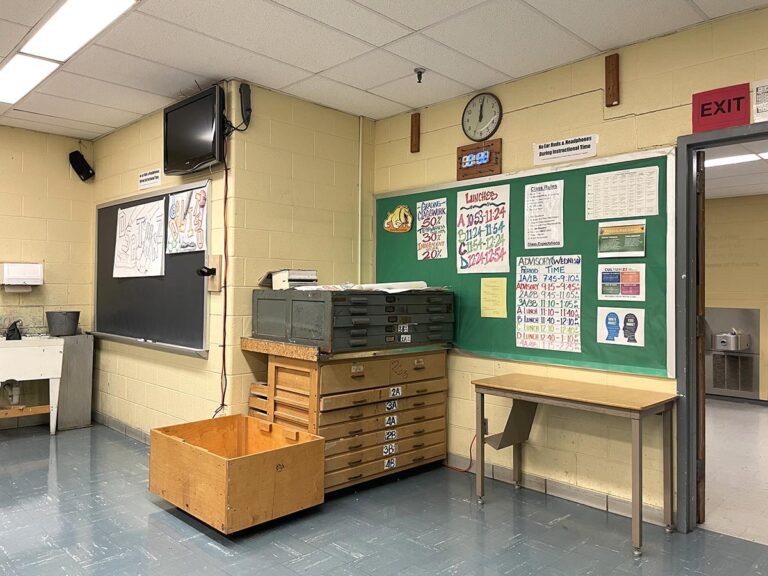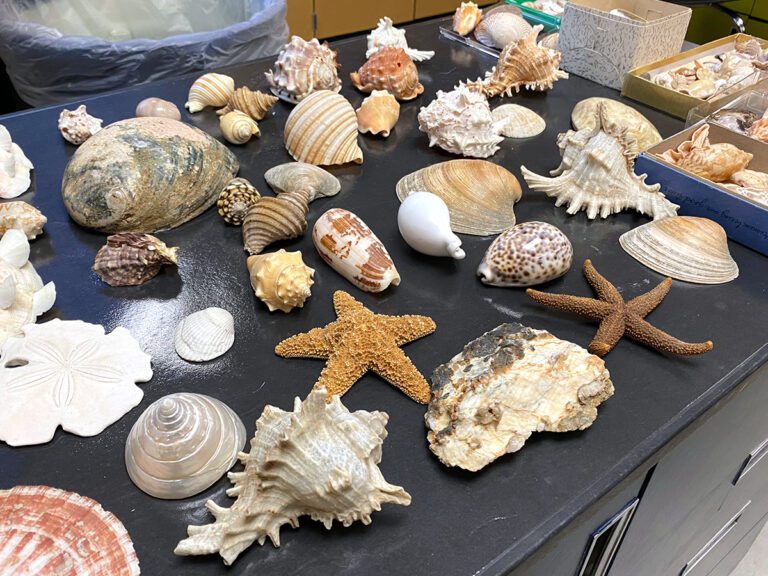What are the essential supplies every art room should have? Of course, paper and paintbrushes are basic. Paint, markers, and oil pastels would be found in most art rooms as well. In addition to these most basic art supplies, what other materials and supplies can teachers not do without?
Here are 10 things every art room should have.
1. An Adhesive Transfer Gun
If you have not discovered this handy tool, you are probably working too hard preparing your displays. This tool can roll two-sided adhesive onto the back of artwork in no time. When I first discovered adhesive transfer tape, I was delighted to find it cut the time it took to hang a large display in half.
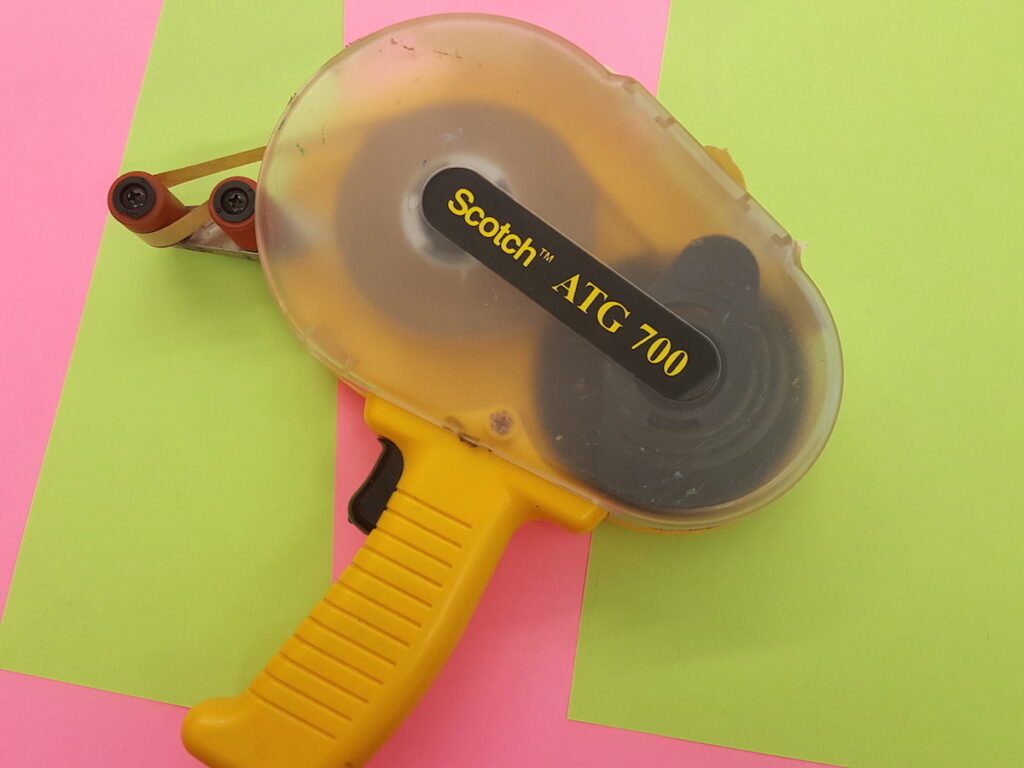
2. Binder Clips
Binder clips come in handy in many different art room situations. Organizing stacks of work for shows, hanging art, and rolling up tubes of paint are just a few great uses for binder clips. One of my favorite ways to use them is to create quick sketchbooks for students. Just stack paper, clip together, and voilà! If students run out of pages, more can easily be added.
3. Dog Bowls
Before I started using these, painting days meant guaranteed spills. Even the most stable bowl would get knocked over once in a while. Dog bowls, on the other hand, don’t spill. They are the best choice for water bowls.
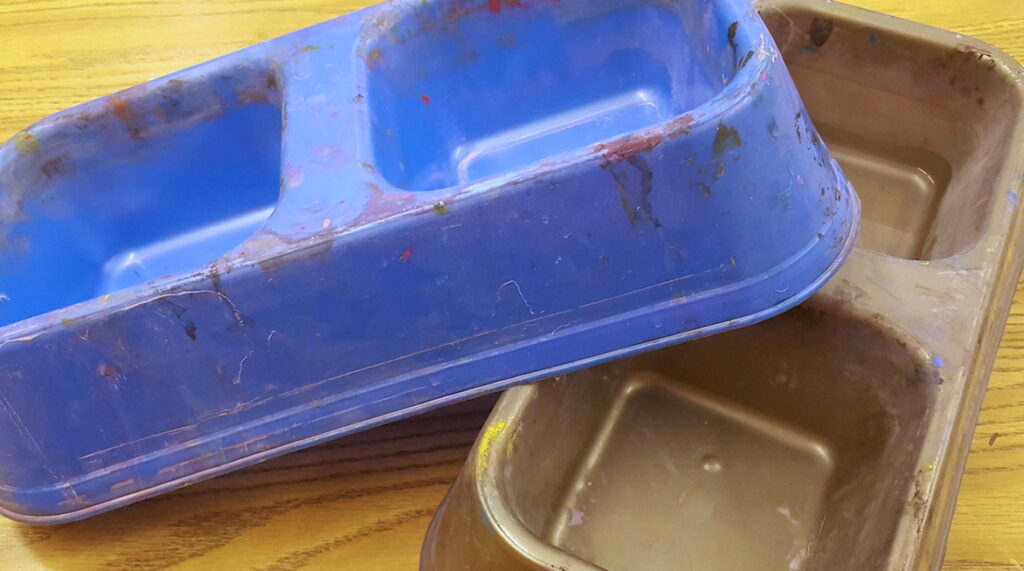
4. A Timer
I use my timer all day, every day. In a busy art room, structuring class time is essential. I use this tool during bell ringers, cleanup, closure activities- you name it. Setting time limits and making sure students know the amount of time they have left creates a sense of urgency. This helps even the most unmotivated student to focus.
5. Sticky Notes
I think sticky notes might be the most versatile tool on this list. From writing passes to filling out exit slips, we use a lot of sticky notes in my class. We use them for critique activities and I use them to give student feedback. They can even be used to make a collaborative artwork!
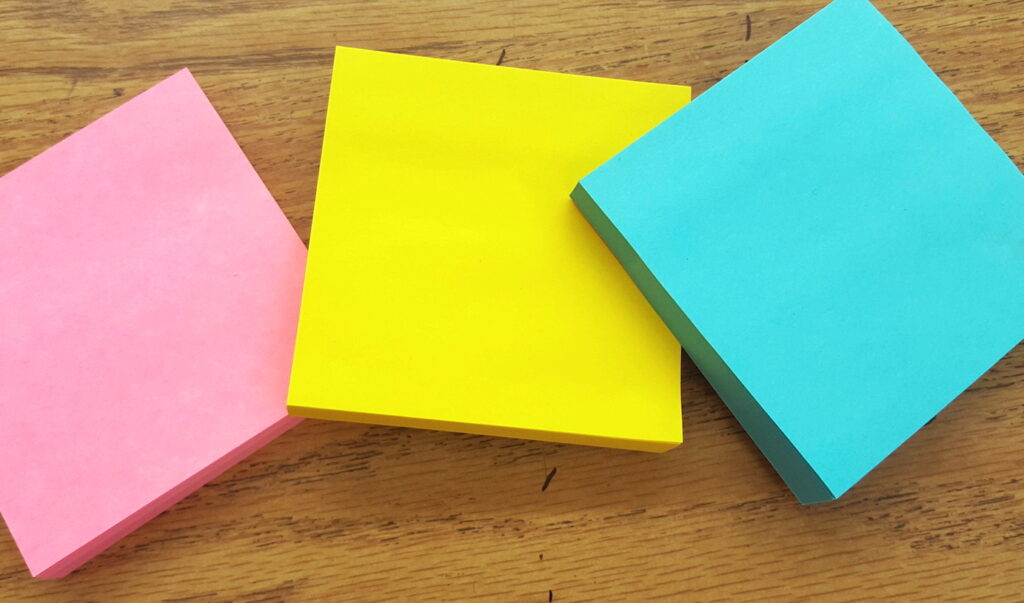
6. Dry Erase Boards and Markers
Dry erase boards can be used for so many fun activities. I use them often for group games and brainstorming exercises. They are great for practicing drawing, too. Students can easily draw and erase as many times as they want. The lack of pressure is comforting to students as they problem-solve through a drawing.
7. Condiment Cups
There are many ways to store paint. Plastic tubs, egg cartons, and palettes with lids are all great options. I like condiment cups with lids best. They come in a variety of different sizes and are inexpensive. They are clear as well, so it is very easy for students to see exactly what is in each container.
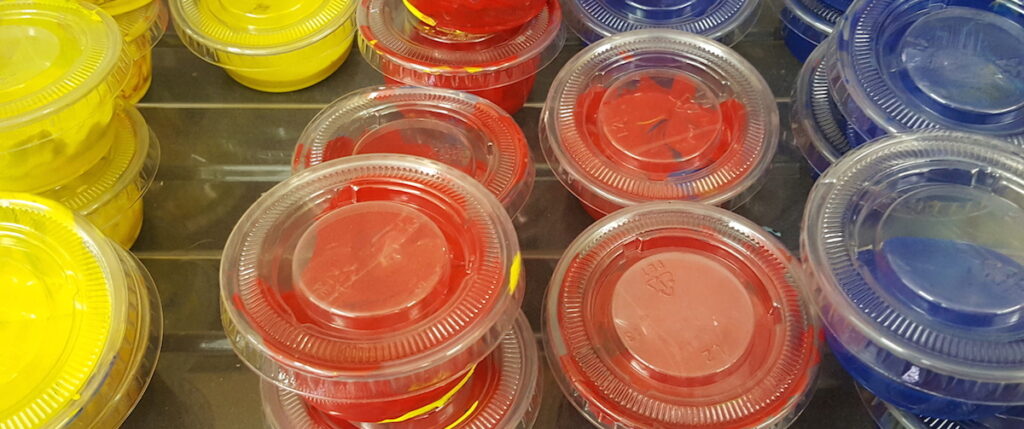
8. Sandwich Bags
When storing clay, nothing is easier than sandwich bags. Students can write their name on the bag, slip their work in, and seal it up. It will be ready for them to continue working the next time they come to art, even if it’s an entire week later. Sandwich bags are also handy for storing collage scraps, stamps, and other small supplies.
9. Chocolate
Yes, you can give your students candy if you want. But this is not for them; this is for you. Teaching is hard work. At the end of the day, you might need a pick-me-up. Chocolate is my go-to when I’ve had a rough day. I keep a bunch in my desk and reward myself at the end of the day.
10. A Smile
This one is for both you and your students. When nothing else works, a smile often will. Children are not always easy to reach, and sometimes managing a classroom can be overwhelming. It can be hard to stay positive some days. I have learned in those challenging moments when you feel like you might lose it, a smile can be a powerful tool. It can break down barriers, build trust, and communicate caring. It might be the most essential tool on this list.
There are so many great tools teachers use in their classrooms every day. The items on this list are simple to use and inexpensive to buy. They will make your teaching days easier and allow you to spend more time enjoying your students.
What supplies do you consider essential in your art room?
What do you use to make your job easier?
Magazine articles and podcasts are opinions of professional education contributors and do not necessarily represent the position of the Art of Education University (AOEU) or its academic offerings. Contributors use terms in the way they are most often talked about in the scope of their educational experiences.
